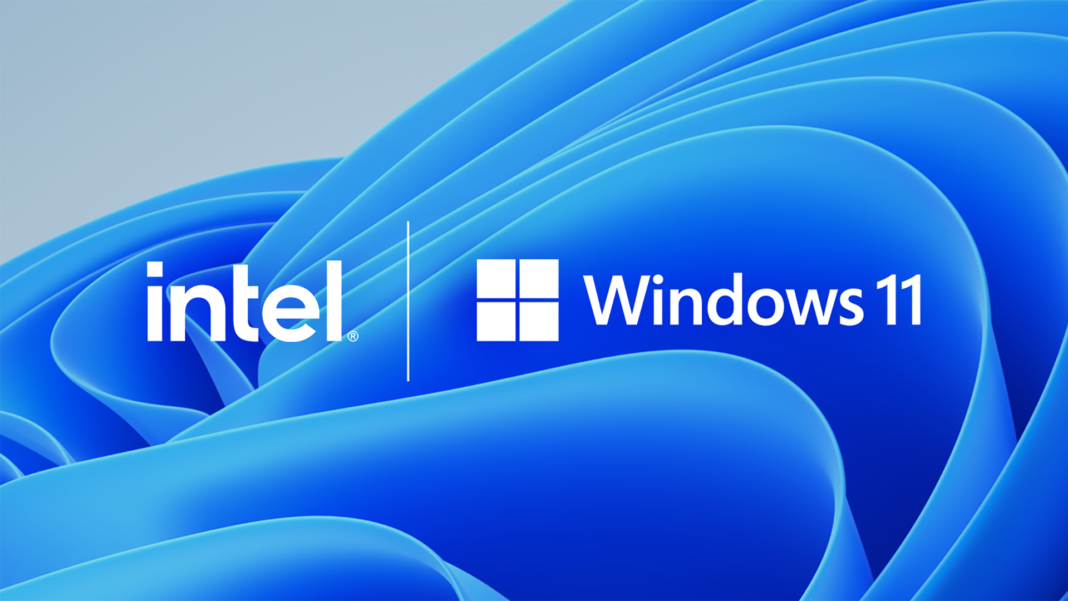In a significant move that has the tech industry buzzing, Intel has announced a groundbreaking collaboration with Microsoft. This partnership is set to revolutionise the chip manufacturing world, and you’ll want to keep an eye on it. Revealed during a notable event in San Jose, California, at Intel Foundry’s inaugural technology conference, this alliance signals a bold step forward for both tech giants.
Setting ambitious goals: Surpassing TSMC
Intel is not just aiming to meet its internal deadline of 2025; it’s striving to surpass it. The goal? To outpace its primary competitor, Taiwan Semiconductor Manufacturing Co (TSMC), in advanced chip manufacturing. Intel’s optimism is rooted in its latest technological breakthrough: the Intel 18A manufacturing technology. With this innovation, Intel hopes to reclaim the title of producing the world’s fastest chips from TSMC, possibly achieving this feat later in the year.
The journey doesn’t end there. Intel is already eyeing 2026 with the planned introduction of its new Intel 14A technology. This move is more than just an advancement; it’s a pivotal part of Intel’s strategy to regain its long-held supremacy in chipmaking.
Microsoft’s involvement: A key player in Intel’s strategy
The collaboration with Microsoft is central to Intel’s ambitious plans. Utilising Intel’s 18A technology, Microsoft is set to develop an undisclosed custom chip. This partnership is expected to significantly boost Intel’s foundry business, with projected orders reaching a staggering US$15 billion, a notable increase from the previously estimated US$10 billion.
This boost in business is critical for Intel as it seeks to redefine its place in the semiconductor industry. Intel is diversifying its approach to regain lost ground by forging external partnerships and leveraging its technological prowess.
Navigating challenges and seizing opportunities
Intel’s path to regaining its former glory has been fraught with challenges. The loss of its manufacturing lead has decreased competitiveness and reduced profit margins. However, Intel is not deterred. Intel is repositioning itself in the market by banking on substantial investments from the U.S. government and drawing business from external customers.
The company’s global manufacturing footprint, with factories in multiple continents, offers a unique value proposition, especially to customers cautious of TSMC’s concentration in Taiwan. This geographic diversity is a strategic advantage that Intel is keen to capitalise on.
Looking forward: Intel’s turnaround strategy
The drive to attract external customers is a cornerstone of Intel’s turnaround strategy. With specialised technologies to accelerate AI chip development and other advancements, Intel is not just competing; it’s leading the way in innovation. Potential partnerships, like one with Nvidia (though not officially confirmed), further underscore Intel’s commitment to this new direction.
In summary, Intel’s efforts to regain market dominance indicate a significant strategic shift. This shift is not just about technological innovation but also about forging strategic partnerships and exploring new market opportunities. While the outcome of Intel’s strategy is yet to unfold, its proactive steps position it for potential growth in the dynamic semiconductor industry.





